5 Reasons Proxmox Is the Ultimate Home Lab Hypervisor in 2025

There has certainly been a major shift in virtualization technologies over the past year or so. So many have been fleeing VMware for other hypervisors. It seems like Proxmox has become the new favorite in the community and home lab environments in general. Virtualization is the heart of any home lab, whether you are self-hosting services, running containerized workloads, or other use cases. One thing we can say is that Proxmox is the ultimate home lab hypervisor in 2025.
Major shift in home labs
While the obvious big fish in the hypervisor arena has without a question been VMware for so many years, the Broadcom acquisition has been anything but community-focused. Broadcom has shifted strategies, restructured licensing, and created a storm of uncertainty for small-scale users, including for the community.
Here’s why Proxmox Virtual Environment (VE) has earned the title of the ultimate home lab hypervisor in 2025.
1. It Has Our Trust: No Licensing tricks, No unexpected Changes
Trust is earned over time—and Proxmox has it. Home lab users are still feeling the pain from VMware’s transition under Broadcom ownership. They have eliminated the free ESXi hypervisor (then backtracking), to moving to core-based licensing (upping the minimum cores for purchase), and making subscription-only models the only way to go. This has become the new normal under Broadcom, the situation has created frustration an uncertainty.
Proxmox has taken the opposite approach.
- Still free: Proxmox VE remains free and open-source, with no limitations on features, cores, or socket count.
- Transparent roadmap: Feature changes and updates are all documented in changelogs and Git.
- No gotchas: You can run a fully functional Proxmox environment at home with no fear of it getting locked behind a paywall
While a paid support subscription is available (and worthwhile for businesses), it’s not a requirement for updates or getting the full capabilities. This helps to make Proxmox one of the most stable and predictable platforms for home lab virtualization out there.
2. KVM + LXC allows for easy Virtual Machines and Containers Side-by-Side
I think one of the best features of Proxmox VE Server is its ability to run both virtual machines and containers in the same stack, side-by-side. Proxmox VE Server combines both KVM virtualization along with LXC containers. You can manage both of these from the same web interface.
- KVM provides full virtualization for running operating systems like Windows, FreeBSD, or nested hypervisors.
- LXC is a lightweight container format perfect for running Linux-based services and self-hosted apps with near-bare-metal performance.
This gives you great options to choose the type of workload that makes the most sense for you, either by running a full virtual machine, or running an LXC container that acts very much like a VM, but has the very small footprint of a container.
No other free hypervisor really offers this level of flexibility out of the box with this much polish.
3. Built-in High Availability, Backups, and Replication
With VMware and other hypervisors, we had to make sure we are licensed for enterprise features like high-availability and failover, since vCenter Server is needed for this functionality. However, with Proxmox, it allows home labbers to have enterprise features like HA, backups, failover, and replication all for free, and without any type of licensing cost.
Also, think of the other things you get for free with Proxmox VE Server:
- Proxmox Backup Server (PBS) is a built-in and totally free backup solution that enables high-speed, deduplicated, encrypted backups. You can backup both VMs and containers. It’s free and open-source, and also has compression and incremental backups built-in as part of the solution.
- Replication – This is a feature built-in between nodes that supports scheduled and manual replicas
- High Availability (HA) – This feature allows having clusters to automatically migrate VMs if you have a host failure. Keep in mind you don’t need a vCenter-like appliance to do this.
4. It has a web UI that doesn’t suck and a really good CLI
Proxmox doesn’t have the most modern web UI and I have seen many say they wish it could get a face lift on that side of things. I agree it could be better, BUT, overall the web UI is fairly modern, fast, functional, and it gets the job done. Also, we now have dark mode on the interface which used to require a hack to get. Also, you get native Linux KVM commands that allow you to interact with your virtual machines, LXC containers, etc.
- Web UI: You can manage VMs, containers, users, backups, ISO libraries, clusters, and networks all through a fairly modern browser interface
- Shell access: You can jump into a root shell on your host or container with one click from the web UI.
- pvecli and qm: You also get the command-line tools
pveam,qm, andpct. These are specific tools that provide control for admins from the command line or using automation scripts.
Proxmox VE is also compatible with Ansible and Terraform (via providers). It has powerful APIs for integration with CI/CD pipelines or home automation systems as well.
I think it really strikes a great balance with the tooling and allows admins everything they need for day-do-day operations and automation.
5. Great community and open development
One thing that I think Proxmox has behind it is, the community. This is what made VMware great for all the previous years was the VMUG community and excitement behind the product. Many don’t feel that anymore with the overwhelmingly negative changes Broadcom has made. It is obvious that it is no longer community focused.
However, when comparing with Proxmox, it has a very active and growing community that has the feel of excitement behind it which is refreshing to see.
Note the following resources:
- Official Proxmox Forum: You can ask questions here of the community and get answers from Proxmox staff and other experienced members
- Git Repositories: All Proxmox components are open-source and available on Git
- Documentation: Proxmox has good documentation and is detailed and frequently updated
This open culture has created a thriving ecosystem where users help each other, contribute patches, and build extensions like GPU passthrough guides, custom storage drivers, and automation tools.
Latest Features in Proxmox VE 8.4
Proxmox VE 8.4 was recently released. If you want to see an in depth look at the new features, check those out in a blog post I wrote here: Proxmox VE 8.4 Released New Features and Download!
- VirtioFS support: For sharing directories between host and VMs without needing CIFS/NFS workarounds
- Improved SDN (Software-Defined Networking): Its easier to setup isolated virtual networks and VLANs across multiple nodes
- ZFS enhancements: There have been better trim/discard support for SSDs. Better performance with metadata-heavy workloads and also better caching logic
- Updated Linux Kernel (6.x series): With the latest kernel, you get support for the latest AMD and Intel chips used in mini PCs and white-box builds
Wrapping up
In 2025, Proxmox is arguably the hypervisor of choice for the home lab community. The main reasons for that being the case comes down to trust, features, and its open-source nature that doesn’t hold back any features for not paying for a subscription.
If you haven’t given Proxmox VE a try yet, now is a great time to throw it on a mini PC, or if you are still on VMware, load it up into a nested VM to get your hands on it for the first time. You will be surprised at just how easy it is to get up and running and start running VMs and LXC containers.



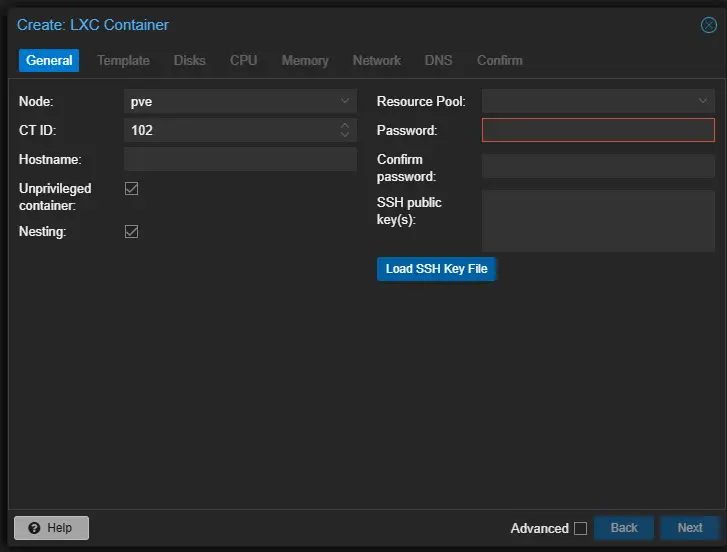
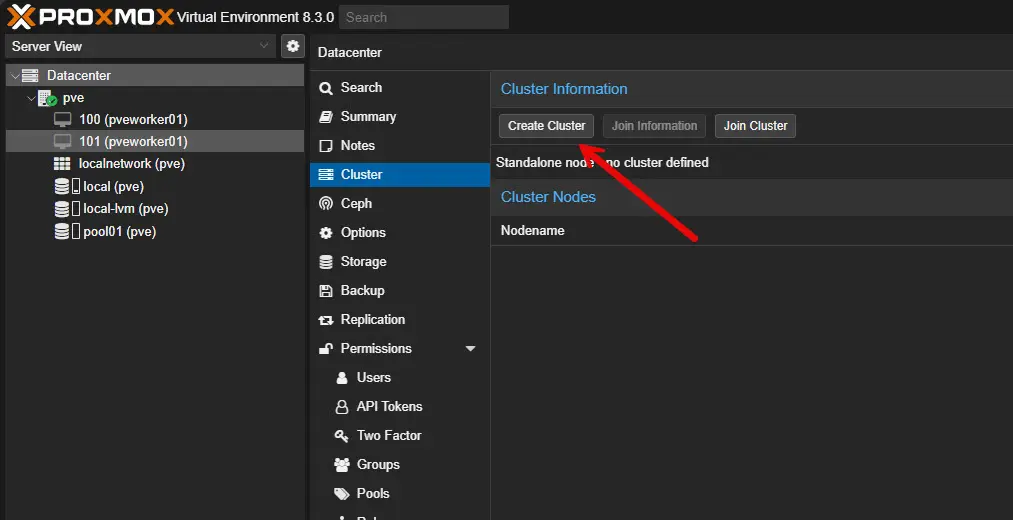
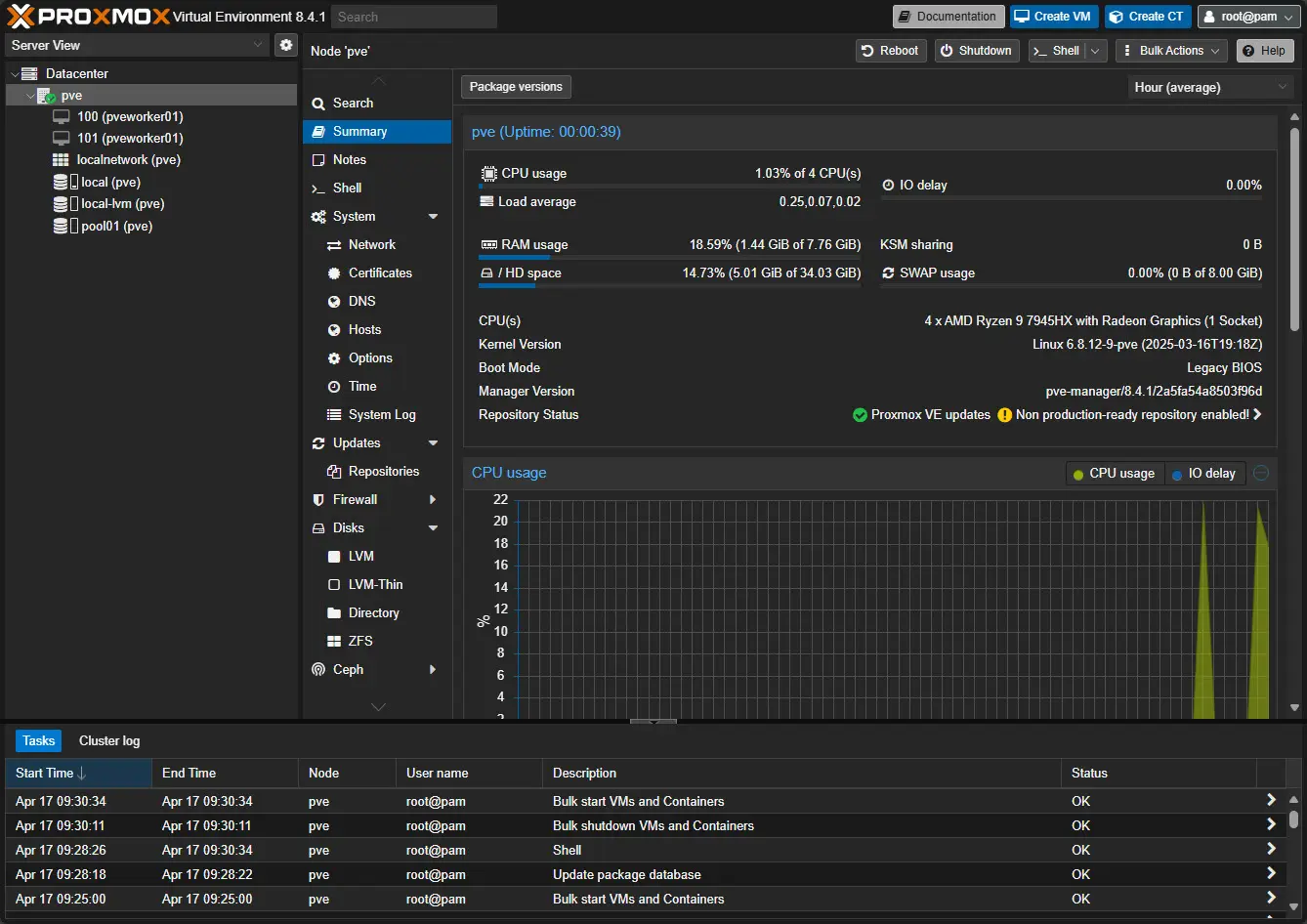
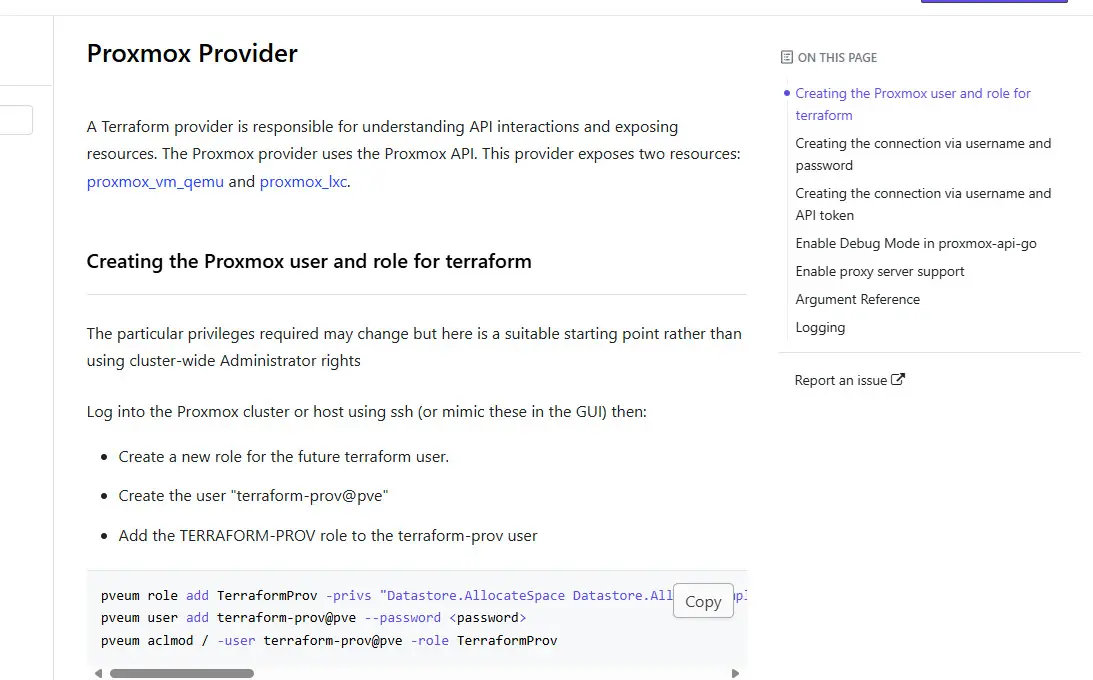
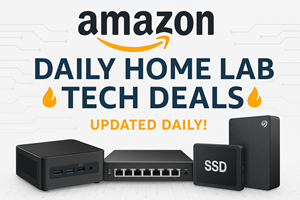

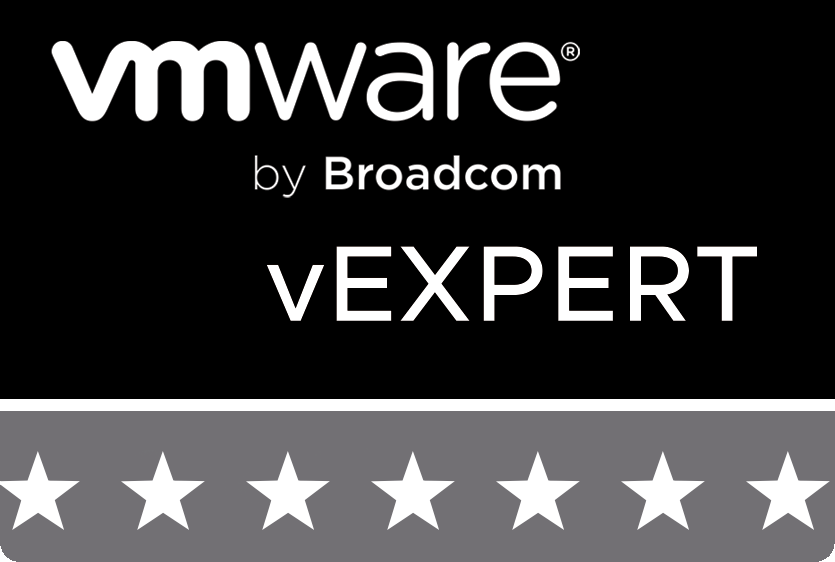


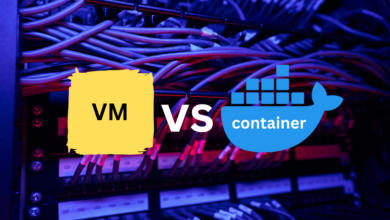

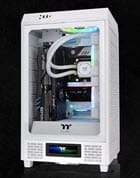

excellent read!
Thank you David!
Brandon
Can you please note in which regions vmware is still ahead ?